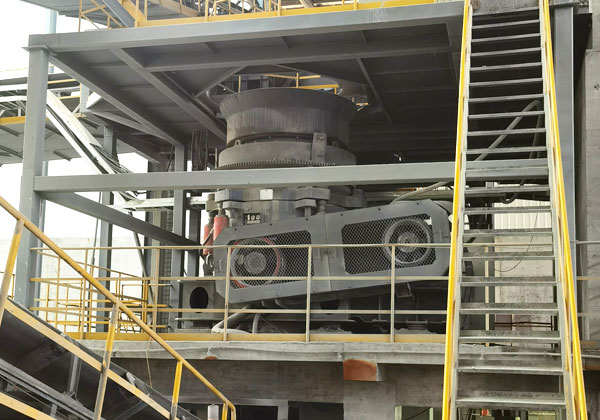In the realm of mining and mineral processing, the crushing of ores is a critical operation. It’s the initial stage where raw ore is reduced in size to prepare it for further processing, such as grinding and beneficiation. One of the key considerations in ore crushing is energy efficiency, as energy costs represent a significant portion of the operational expenses in mining operations.
Importance of Low Energy Consumption
Reducing energy consumption in ore crushers offers several advantages. First and foremost, it lowers operational costs, which directly impacts profitability. Additionally, lower energy consumption contributes to sustainability efforts by reducing the overall carbon footprint of mining operations. This is increasingly important in the modern mining industry, where environmental regulations and corporate sustainability goals play a significant role.

Key Design Features for Low Energy Consumption
Several design features contribute to reducing energy consumption in metal ore crushers:
- Efficient Motor and Drive Systems: Modern crushers utilize advanced motor and drive technologies that optimize energy use. Variable frequency drives (VFDs) and energy-efficient motors adjust power consumption based on the actual crushing demand, minimizing energy wastage during low-load or standby periods.
- Optimized Crushing Chamber Design: The geometry and design of the crushing chamber significantly impact energy efficiency. A well-designed chamber ensures proper particle breakage with minimal energy input, reducing the need for excessive crushing cycles.
- High-Efficiency Crushing Tools: The choice of crushing tools, such as jaws, cones, or impactors, affects energy consumption. Tools made from high-strength materials with optimized shapes and profiles can efficiently break down ores with lower energy input per ton of processed material.
- Automation and Control Systems: Automated crusher control systems optimize the operation by adjusting parameters in real-time to maintain optimal performance and minimize energy consumption. These systems can adjust feed rates, monitor particle size distribution, and optimize crushing settings to maximize energy efficiency.
- Material Feed Optimization: Uniform and controlled material feed is crucial for efficient crushing operations. Vibratory feeders, belt conveyors, or other feeding systems ensure a consistent feed rate, reducing energy fluctuations and optimizing crusher performance.
Case Study: Impact of Low Energy Consumption
For example, in a large-scale iron ore mining operation, adopting crushers with low energy consumption can lead to significant cost savings. A reduction in energy costs per ton of processed ore directly improves the operation’s profitability. Moreover, lower energy consumption means reduced greenhouse gas emissions, aligning with environmental regulations and corporate sustainability targets.
Future Trends and Innovations
Looking ahead, advancements in crusher technology continue to focus on improving energy efficiency. Innovations in materials, such as composite materials for crushing tools, and advancements in control systems will further optimize energy use.
Metal ore crusher with low energy consumption is pivotal for enhancing operational efficiency and sustainability in mining operations. By incorporating advanced design features, efficient motor systems, and automated control technologies, mining companies can achieve substantial cost savings while minimizing environmental impact. As the mining industry progresses, continuous innovation in crusher technology will play a crucial role in achieving both economic and environmental sustainability goals.

